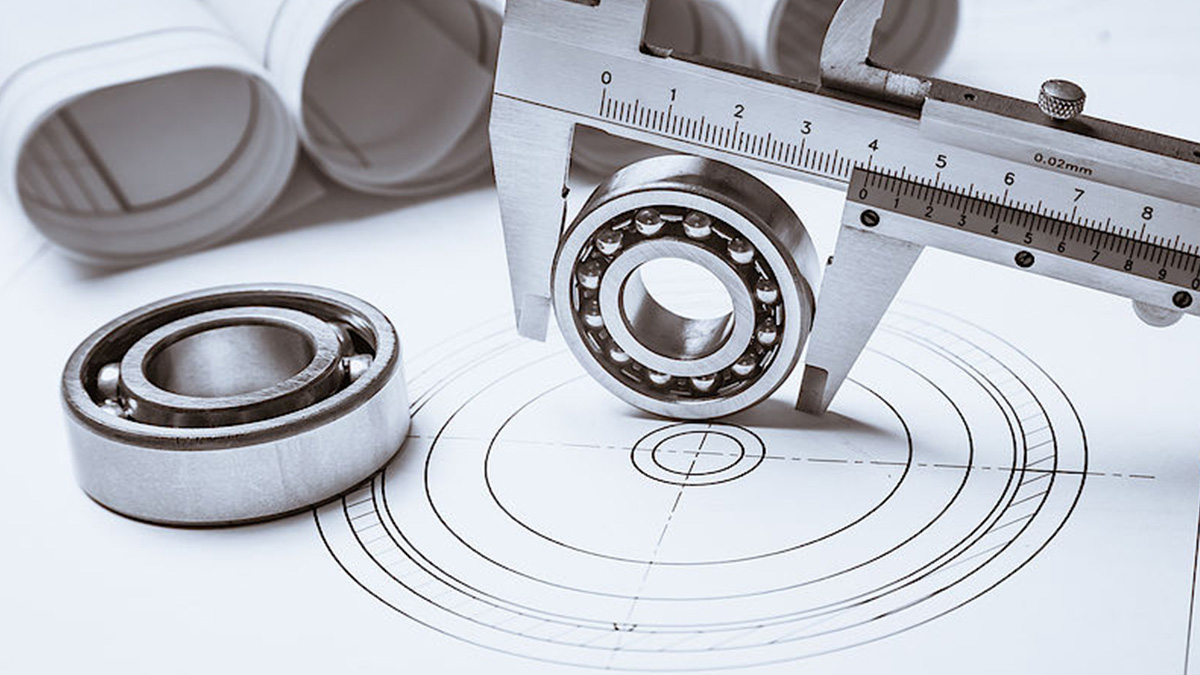Micromachining technology is an important support technology for modern high-tech warfare, and is the development foundation and direction of modern high-tech industries, science and technology.
What Is Microfinishing?
Micromachining also known as microfinishing, short-stroke honing, and superfinishing, is a metalworking process that improves surface finish and workpiece. Micromachining is based on the premise of not changing the physical properties of the workpiece material to obtain the ultimate shape accuracy, dimensional accuracy, surface roughness, surface integrity (no or very little surface damage, including defects such as micro-cracks, residual stress, and structure changes) as the goal.
Advanced manufacturing technology mainly covers the two fields of precision engineering and manufacturing automation. Although there are not many manufacturers in the field of ultra-precision processing in Taiwan, it still maintains a technological lead compared with the United States, Britain, Japan, Germany, and the Netherlands. The Metal Center has long been dedicated to the field of ultra-precision processing, and is responsible for the research and development of various micro-processes, such as traditional, non-traditional, ultra-precision processing, etc. The Center cooperates in the development of micro-components which are used in Taiwan’s semiconductor, 3C, and optoelectronic industries, and has promoted industrial investment, and creation of output value for more than ten years.
-
Optical lens industry:
In the optical lens industry, smartphones continue to be thinner and lighter, and the plastic lens contained in the lens has reached the physical limit. Most manufacturers have begun to think about the design breakthrough of aspherical molded glass (G-MO) with plastic.
-
Automotive industry:
At the same time, the issue of self-driving cars is becoming more and more important. As the advanced driver assistance system (ADAS) gradually becomes standard equipment, the demand for onboard lenses is being greatly improved. With spherical lenses and varying lens thicknesses, forming glass lenses through molding has become a technological development trend.
The Development of Micromachining
As generations continue to change and demand continues to increase, services and products in all walks of life are being challenged. Manufacturers are facing continuous improvement in manufacturing efficiency and improved product performance, which in turn promotes the development of technology.
Taking automobile manufacturers as an example. In order to reduce vehicle emissions, they have promoted the development of super-finishing, aiming to improve the surface finish of parts and at the same time improve their micro-profile accuracy by improving roundness, straightness, and cylindricity.
The application potential of ultra-finishing technology is extensive. From processing workshops to large original equipment manufacturers (OEM), from small medical parts to aerospace parts, the development and breakthrough of ultra-finishing technology can be seen. Micromachining can be used for any outside diameter application that needs to accurately remove a small number of blanks on the order of 0.002-0.005 mm in diameter. The micromachining technology can also be applied to special alloys, titanium, aluminum, and even glass and ceramics.
Common finishing processes
- Grinding: Use loose abrasives to finish the plane. The improvement of the surface finish is accompanied by the improvement of the flatness of the parts.
- Honing: Use a fixed grinding machine to finish the inner diameter. It is considered a cold process because no heat is generated during this operation. The improvement of surface finish is accompanied by the improvement of micro-profile accuracy.
- Micromachining: Use a fixed grinder to finish the outer diameter and surface. It is considered a kind of cold working, and it also improves the accuracy of micro-profiles.
- Polishing: Finishing of external features with loose abrasives. Brushing and vibration polishing are examples of polishing processes.
Both micromachining and polishing are used to form a fine surface on the outer diameter. Polishing is a more flexible process because you can use brushes, abrasives, or vibration processes like tumbling. Rolling makes it possible to polish multiple parts at once. In contrast, super-finishing uses fixed abrasives to impart a finish and only completes one part at a time. Micromachining has surpassed hard molds. Due to the increased flexibility of the micromachining process, micromachining is suitable for manufacturing mission-critical parts.














